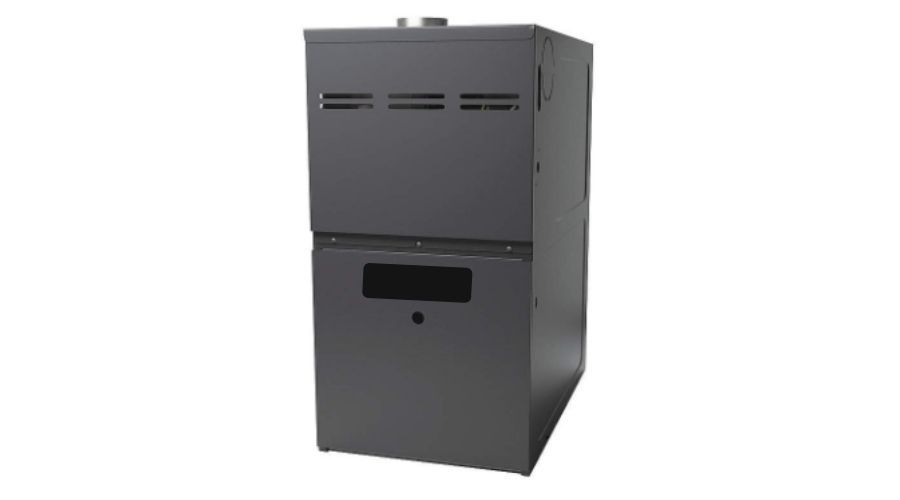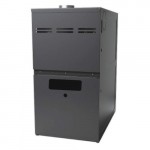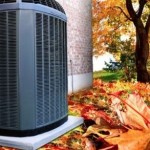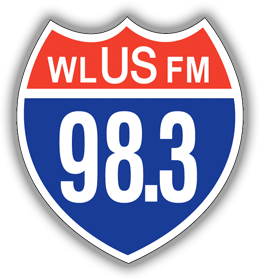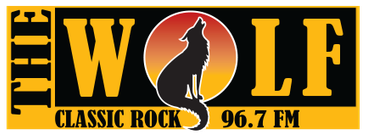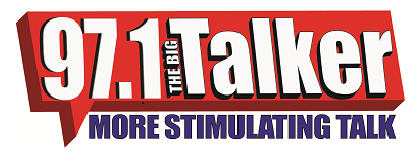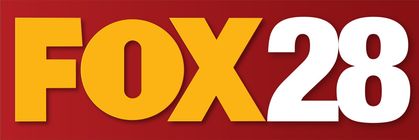Watch Out for These 3 Common HVAC Problems That Can Affect Your Home’s Heating Capabilities
With autumn well underway and winter looming larger with each passing day, temperatures are dropping rapidly. Below-freezing temps are already the norm in the evenings, and the days aren’t much warmer. All this to say, the season is ripe for cozying up indoors and cranking up the thermostat to make the house nice and toasty.
But what if the thermostat is cranked all the way up, but the house never seems to get any warmer? There are a few possible explanations for this, and they’re more common than most people think. And with the winter chill knocking at the door, these issues are best taken care of as soon as possible. So read on for three of the most common reasons why a home’s heater isn’t keeping the house warm.
Incorrect Unit Size
When a home’s furnace or heater fails to keep the house at the correct temperature, it often indicates that the unit isn’t the right size for the home. In this case, “size” doesn’t just refer to the dimension of the unit itself but also it's heating and air handling capacity. Sizing an HVAC unit involves a complex set of factors such as layout, number of windows, and cubic footage.
If the proper calculations weren’t made prior to the heater installation - or if a remodel, or room addition has changed the layout - the homeowners may be left with a unit that’s too big or too small. An undersized unit will struggle to maintain the correct temperature and run longer than it should. An oversized unit will short-cycle, frequently turning on and shutting off before all areas of the house have been heated. In both cases, the result can be an inflated utility bill and premature wear on the unit.
Thermostat Trouble
Poor heating performance may also stem from a problem with the thermostat. Many older analog thermostats use mechanical mercury switches that can malfunction if they’ve been bumped out of alignment. Alternatively, an old thermostat (even if it’s digital) may simply be worn or faulty. A poorly performed thermostat installation may also be to blame.
Dust and grime may have collected on electrical components, or the thermostat may simply be located in an area that’s naturally warmer than the rest of the house (direct sunlight should be avoided). Any of these issues can cause inaccurate temperature readings or faulty electrical signals between the thermostat and the unit, leading to improper heating.
 Outdoor Unit Is Collecting Debris
Outdoor Unit Is Collecting Debris
In homes with heat pump systems, the cause of the heating difficulties might be a buildup of debris on or around the outdoor unit. This unit is responsible for absorbing heat energy from the outdoor air, which is then transferred to the indoor air handler unit via copper refrigerant lines.
If debris such as fallen leaves, branches, and dirt are allowed to accumulate around or inside the unit, they can interfere with the heat transfer process. Clogged air intake vents, obstructions in the fan housing, and dirty coils or electrical components can all cause the unit’s performance to struggle. The same principle applies to homes with traditional furnaces or heaters - the unit and its air filter should be kept clear of dirt, dust, and other debris to ensure proper function.
The good news is, most of these issues can be avoided with routine heater service and tune-up visits from a reputable HVAC company!
About Hancock & Son Plumbing, Heating & Air
Hancock & Son Plumbing, Heating & Air have been proudly serving the Salisbury, Maryland community for years. Their courteous licensed and insured technicians are on call 24/7 for emergency service and always get the job done right the first time. They offer up-front pricing, personalized solutions, and a highly rewarding membership plan.
